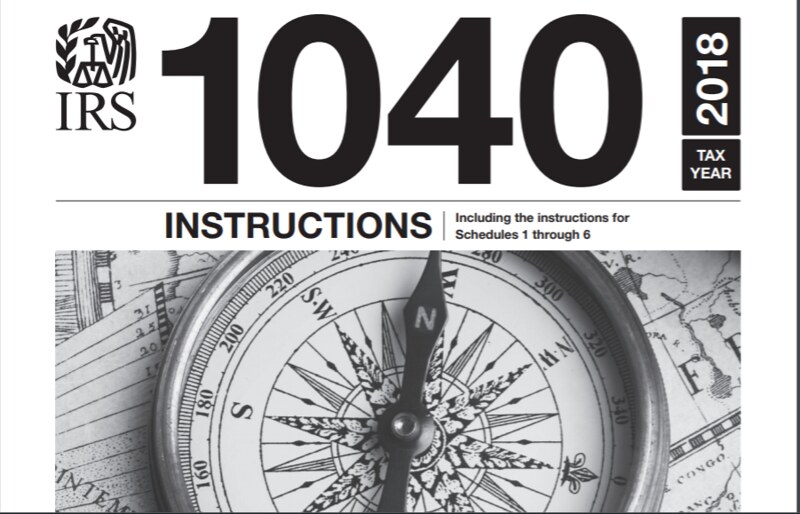In order for you to keep more of your paycheck, understanding taxes and the taxation process is a must. Working for your paycheck isn’t so bad, if you like your job. Getting your paycheck is one of the most joyous moments But, by the time you get that delicious pie, it’s already been cut up, ample slices removed. It’s different for everyone, but everyone who earns an income must pay federal income tax.
 Source: Flickr
Source: FlickrTaxes seem a dreadful beast that only become more dreadful as April 15 looms in the distance. However, taxes pay for all kinds of things in our everyday lives, from government projects to income for government officials. It gets more difficult when you have a business or anything related. It is advisable to keep up with the tax codes with books related articles on your business, as well as personal activity. Unfortunately, the tax system is something of a monster that Einstein himself would have trouble understanding. Do your taxes wrong and you may need to hire an IRS audit attorney.
To avoid such circumstances, let’s learn more about taxes:
The Process
You have to file your taxes by April 15 every year, but really the tax process is happening constantly all year long, and it all starts once you get hired and earn a salary. As soon as a company hires you, you have to fill out tax forms listing all of your withholding allowance information, which includes things like child care expenses, marital status, and the number of dependents in your household.
Your employer uses this information to determine how much money it needs to withhold from your paycheck for taxes. At the end of every pay period, your company takes the money it withheld from you and the rest of your coworkers and deposits it in the Federal Reserve Bank. Now imagine all companies doing this for all of its employees and you can pretty well imagine the stream of income that the government receives.
Estimating Your Taxes
As long as you have your pay stubs and a calculator, you can generally estimate the amount of taxes you’ll pay for the year.
-
Assess your gross income. This includes your normal income, your interest income, and any pensions and annuities.
-
Subtract adjustments from your gross income. Adjustments include everything from education loan interest that you’ve paid to retirement plans and alimony to moving expenses. Talk to an accountant or a tax relief attorney to figure out all the deductions you’re eligible for. The difference you get is known as the adjusted gross income.
-
From the adjusted gross income, you subtract itemized deductions or the standard deduction, whichever number is greater. Itemized deductions include medical expenses, home mortgage interest, state taxes, and anything you might have given to charity.
-
From that number, deduct personal exemptions, and you get your taxable income.
-
From here, things get a little tricky. The U.S. operates via marginal tax rate, so you pay a certain amount based on the tax bracket you are in. If your taxable income is under $100,000, check the IRS tax tables. If it’s over $100,000, check the tax rate schedule. Referring to either gets you your gross tax liability.
-
Subtract any credits from the gross tax liability to get your net tax, which is how much you need to pay or how much you’ll get back.
Believe it or not, this is just the basic calculation. It gets more in-depth based on your marital status and the money you make. If you experience difficulties paying for your taxes, you may need to hire a tax lien attorney. Don’t be afraid to contact a professional if you need help at any point in the process. It’s a slippery slope but every citizen needs to climb it.
